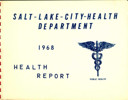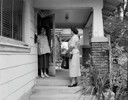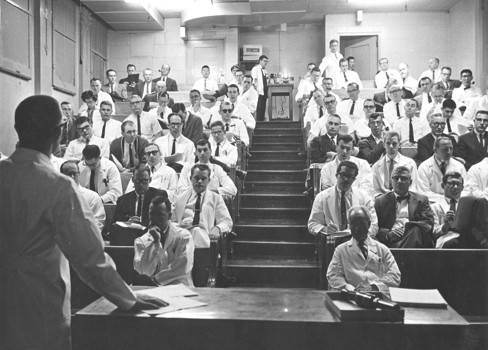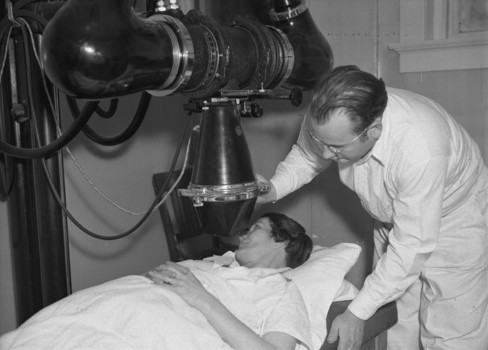Individualized Patient Care 1940-1970
By the mid-twentieth century, Salt Lake County was undeniably a healthier and safer place to live because of the health department. Since the health department started tracking vital statistics - meaning all births, deaths, and causes of death – we have exact data on just how much better living conditions were by the mid century. The 1946 annual report, for example, showed that the overall death rate went from 12.52 in 1937 to 9.55 by 1946. Because of health department nurse home visits and education programs, the maternal mortality similarly went from 6.03 to 1.05 over the course of ten years, and the infant mortality rate was practically halved.
One major victory for children in Salt Lake County came in 1954 when health department nurses administered 6,564 polio immunizations for the first time as part of a national field trial. The polio vaccine was revolutionary, saving hundreds of children from a lifetime of living with physical disability.
Despite the health department’s clear victories in public health, changes in the federal government and growing concerns about publicly-funded healthcare led to massive changes in the health department, including the closure of the County General Hospital in 1965.






